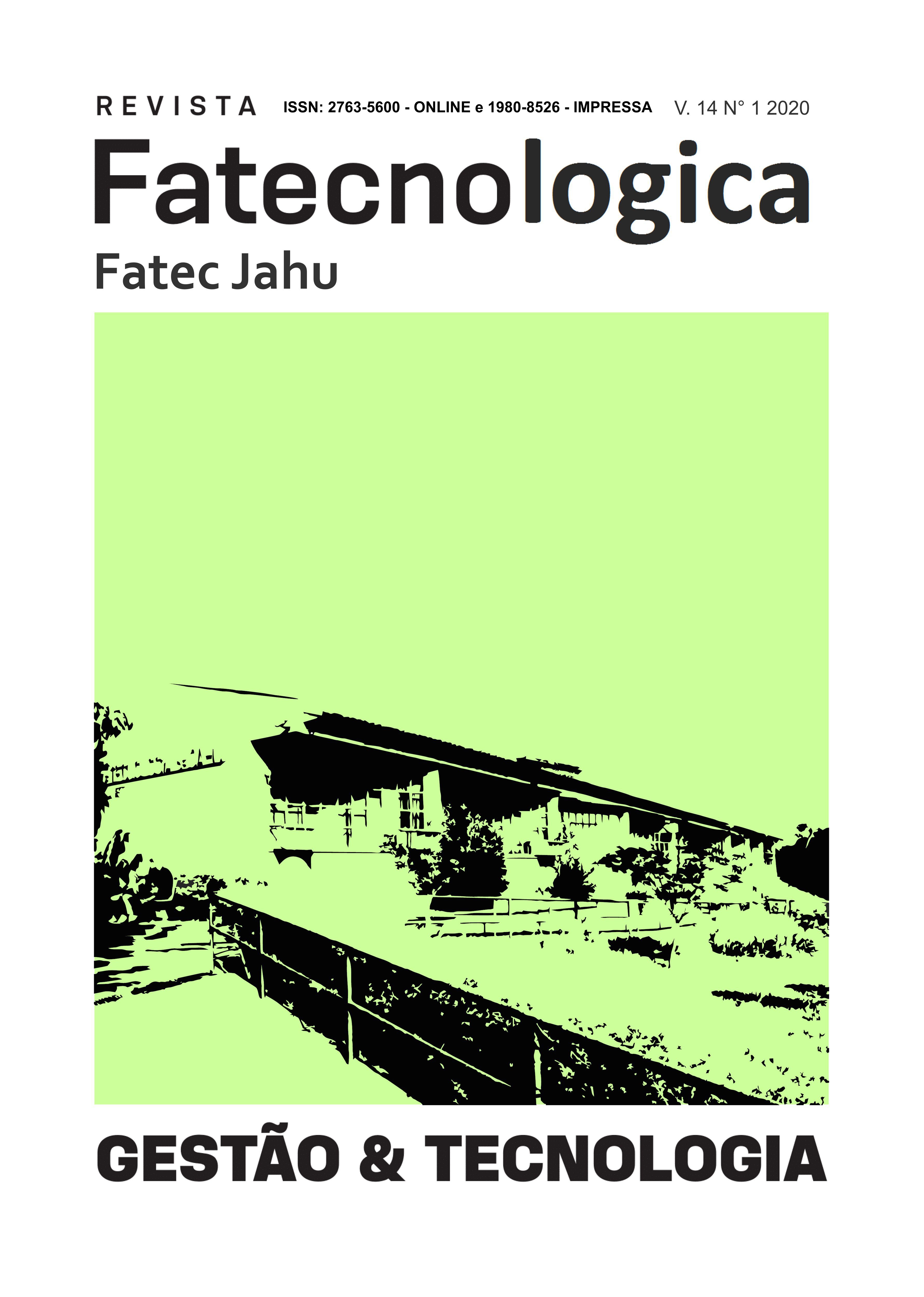ESPÉCIES UTILIZADAS NA ARBORIZAÇÃO URBANA NO MUNICÍPIO DE JAÚ, SÃO PAULO, BRASIL
Abstract
There are several benefits that urban afforestation promotes to the population and fauna of the urban centers. Thus, studies that seek to assist in the planning of urban afforestation are extremely important because they enable the proper management of this heritage. The present study aimed to inventory the species used in urban afforestation in the municipality of Jaú, State of São Paulo and observe the environments in which they occur, habit, origin, threatened and invasive species. Were observed 335 species in urban environments and the richest families were Fabaceae and Arecaceae. Tree species are the most common, accounting for 65.97% of the total as well as exotic species (175 spp. - 52.23%), however, it is worth noting the high number of municipal native species (66 spp. - 19.70%). In addition, was found that public roads and squares harbor the largest number of exclusive species, however, most of them are exotic species. It was also found that 20 species are threatened with extinction, of which 12 are native, at least from Brazil and 47 species are considered invasive. Therefore, it is evident that even the number of species observed is high, the urban afforestation in the municipality of Jaú harbor many alien and invasive, but which can be gradually replaced by native municipal and regional species. It is worth mentioning the presence of municipal native species and endangered species, showing the important role that urban afforestation can play.
Copyright (c) 2020 Frederico Mazziero, Everton Ricardo Pastorello, Natália Arias Galastri, Marina Carboni, Jose Carlos Toledo Veniziani Junior (Autor)

This work is licensed under a Creative Commons Attribution-NonCommercial 4.0 International License.
Copyright Statement
- The publication reserves the right to make normative, orthographic and grammatical changes in the originals, in order to maintain the cultured standard of the language, respecting, however, the authors' style;
- Final proofs will not be sent to authors;
- The originals will not be returned to the authors;
- Authors retain full rights to their works published in the Fatecnológica journal, and their deposit or republication is subject to the indication of first publication in the journal, through the CC-By license;
- The original publication source must be recorded.
- The opinions expressed by the authors of the articles are their sole responsibility.



